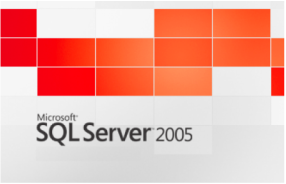Microsoft SQL Server is one of the most widely-used database management systems (DBMS) in businesses today, particularly with smaller organizations and more modest requirements. This Tuesday (April 12th), SQL Server 2005 hit the end of its extended support period. This means that Microsoft will no longer be providing updates to resolve any security issues with the software.
The presence of outdated and unsupported software on an organization's systems is one of the most severe issues commonly seen during security assessments. Database software is one of the most difficult types of software to deal with, as it generally serves as a "back-end" behind some other application or website, and compatibility issues are common.
What to do about this:
For more advice on how to handle the upgrade of your SQL Server from 2005, check out the following:
http://searchsqlserver.techtarget.com/news/4500278067ces-for-upgrading-after-SQL-Server-2005-end-of-life
https://www.microsoft.com/en-us/server-cloud/products/sql-server-2005/default.aspx
The presence of outdated and unsupported software on an organization's systems is one of the most severe issues commonly seen during security assessments. Database software is one of the most difficult types of software to deal with, as it generally serves as a "back-end" behind some other application or website, and compatibility issues are common.
What to do about this:
- Verify the versions of SQL Server on all your systems.
- If you are running SQL Server 2005, identify all applications that depend on that server.
- Check with any application vendors regarding compatibility with newer SQL Server versions, as well as database server upgrade paths and procedures.
- Test upgrade using a separate testing instance of the relevant server (or servers). Virtual server platforms generally make it easy to create duplicates of production servers for use in such testing.
For more advice on how to handle the upgrade of your SQL Server from 2005, check out the following:
http://searchsqlserver.techtarget.com/news/4500278067ces-for-upgrading-after-SQL-Server-2005-end-of-life
https://www.microsoft.com/en-us/server-cloud/products/sql-server-2005/default.aspx




Comments
Post a Comment